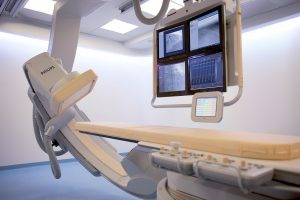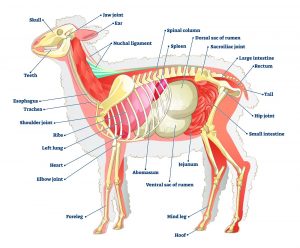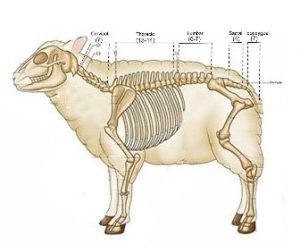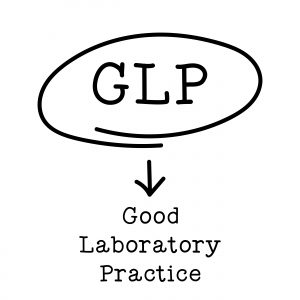


Using rabbits as animal models: Common applications, choosing a breed, what to consider when planning a study
Animal models are an essential aspect of safe medical research and innovation. With many factors playing into the decision of which model to choose, rabbits have become a popular small animal model for a number of different areas of medicine. In this article, we consider why rabbit models continue to be so popular; which breeds are most suited to research; and how rabbit models can be used in specific indications. Why rabbits are well suited to be animal models Rabbits have a long history as animal models, starting with their use to develop Louis Pasteur’s rabies vaccine in 1881. The







